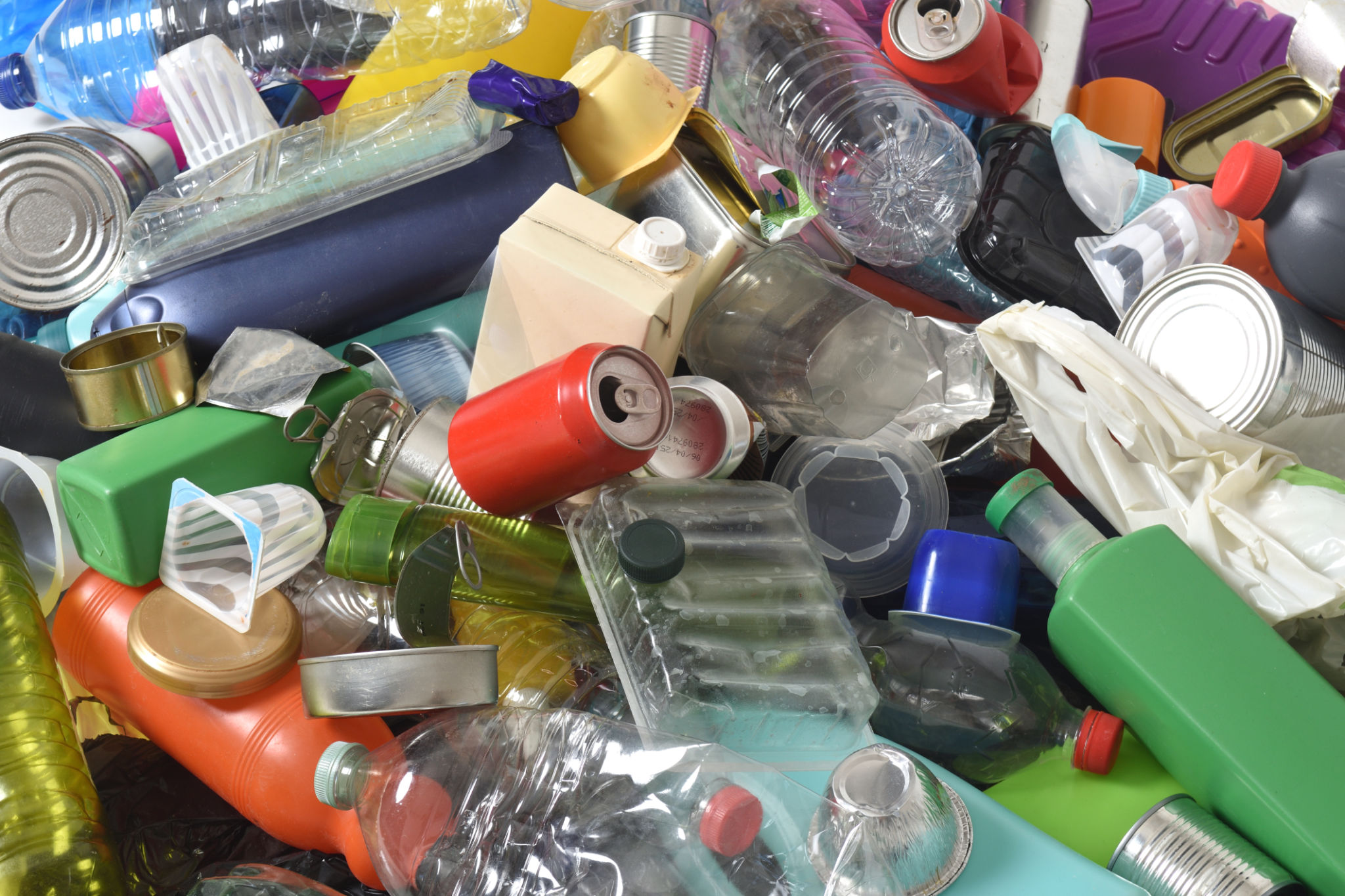Myth-Busting: Common Misconceptions About Hazardous Waste Management
Understanding Hazardous Waste Management
Hazardous waste management is a crucial aspect of environmental conservation, yet it is often shrouded in misconceptions. These misunderstandings can lead to improper handling of waste, posing threats to both human health and the environment. In this post, we will debunk some common myths surrounding hazardous waste management.

Myth 1: Hazardous Waste is Only Produced by Large Industries
One prevalent myth is that only large industries generate hazardous waste. In reality, hazardous waste can be produced by a variety of sources, including small businesses, households, and even schools. Everyday items like batteries, electronic devices, and certain cleaning products can be classified as hazardous waste. It's essential for all sectors to recognize their contributions and adhere to proper disposal methods.
Myth 2: All Hazardous Waste is the Same
Another misconception is that all hazardous waste is the same. This is far from the truth; hazardous waste is categorized based on its characteristics such as toxicity, reactivity, corrosivity, and ignitability. Each category requires specific handling and disposal procedures to ensure safety and compliance with regulations.

Myth 3: Incineration is the Best Disposal Method
Many believe that incineration is the most effective method for disposing of hazardous waste. While incineration can reduce the volume of certain types of waste, it is not always the best option. Some materials may release harmful emissions during burning, making alternative methods like recycling or secure landfilling more appropriate depending on the type of waste.
Alternative Disposal Methods
Recycling and reusing are increasingly being recognized as viable disposal strategies. For instance, electronic waste can often be recycled to recover valuable metals, reducing the need for raw material extraction and minimizing environmental impact.

Myth 4: Compliance with Regulations is Voluntary
It's a common misconception that complying with hazardous waste regulations is voluntary. On the contrary, regulations are legally binding and designed to protect public health and the environment. Non-compliance can result in hefty fines and legal action. Therefore, it is crucial for businesses to stay informed about relevant laws and ensure they are following proper protocols.
The Role of Education and Training
Education and training are key components in managing hazardous waste effectively. By enhancing awareness and understanding of best practices among employees and stakeholders, organizations can improve their compliance and minimize risks associated with hazardous waste.
Myth 5: Proper Disposal is Too Expensive
Some assume that disposing of hazardous waste correctly is excessively costly. While there may be upfront costs associated with safe disposal, investing in proper waste management can prevent environmental damage and avoid potential fines, ultimately saving money in the long run. Moreover, many companies find that implementing sustainable practices can enhance their reputation and customer trust.

Conclusion: Embracing Safe Practices
Debunking these myths is an essential step toward improving hazardous waste management practices. By understanding the realities of hazardous waste generation and disposal, individuals and organizations can make informed decisions that benefit both the environment and public health. Embracing safe practices not only ensures regulatory compliance but also fosters a sustainable future for all.
